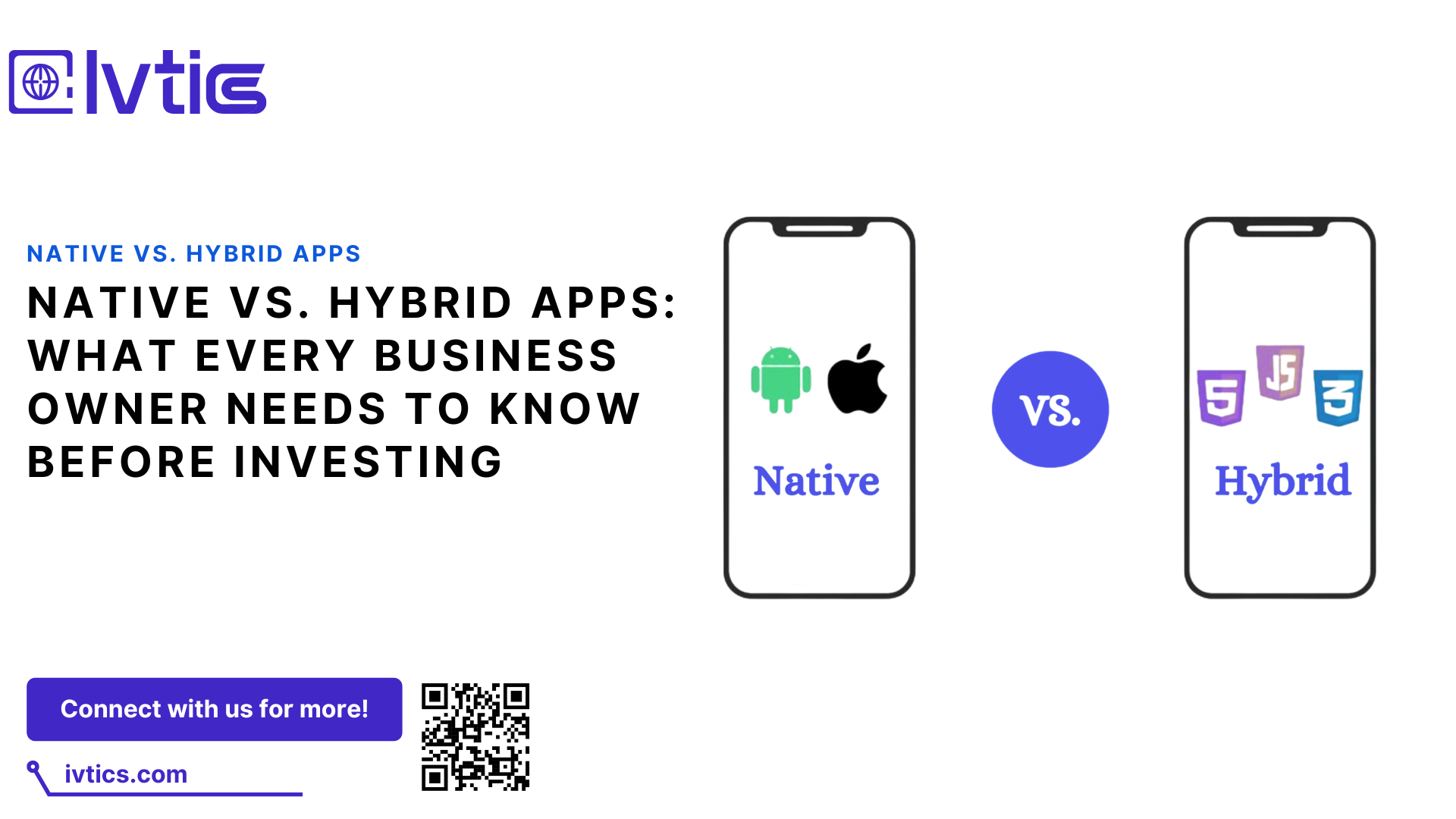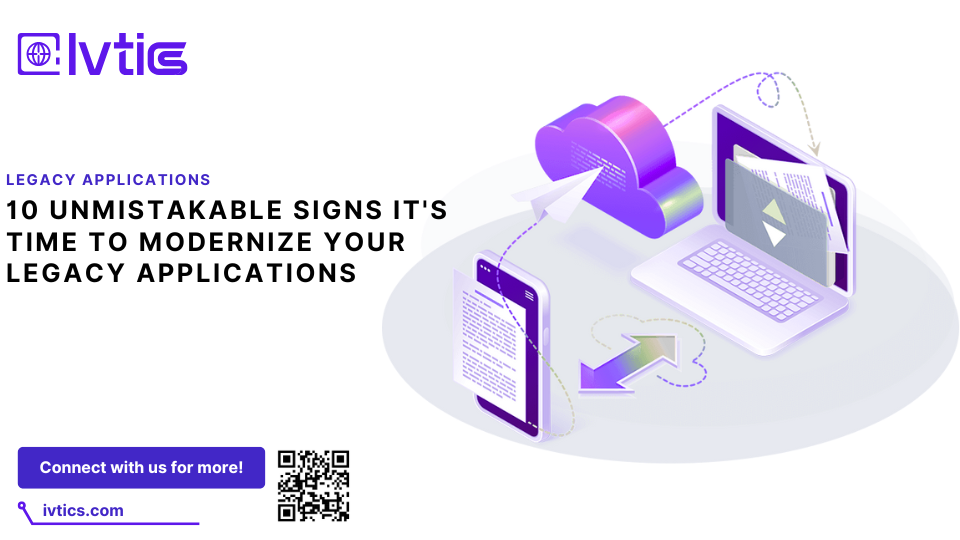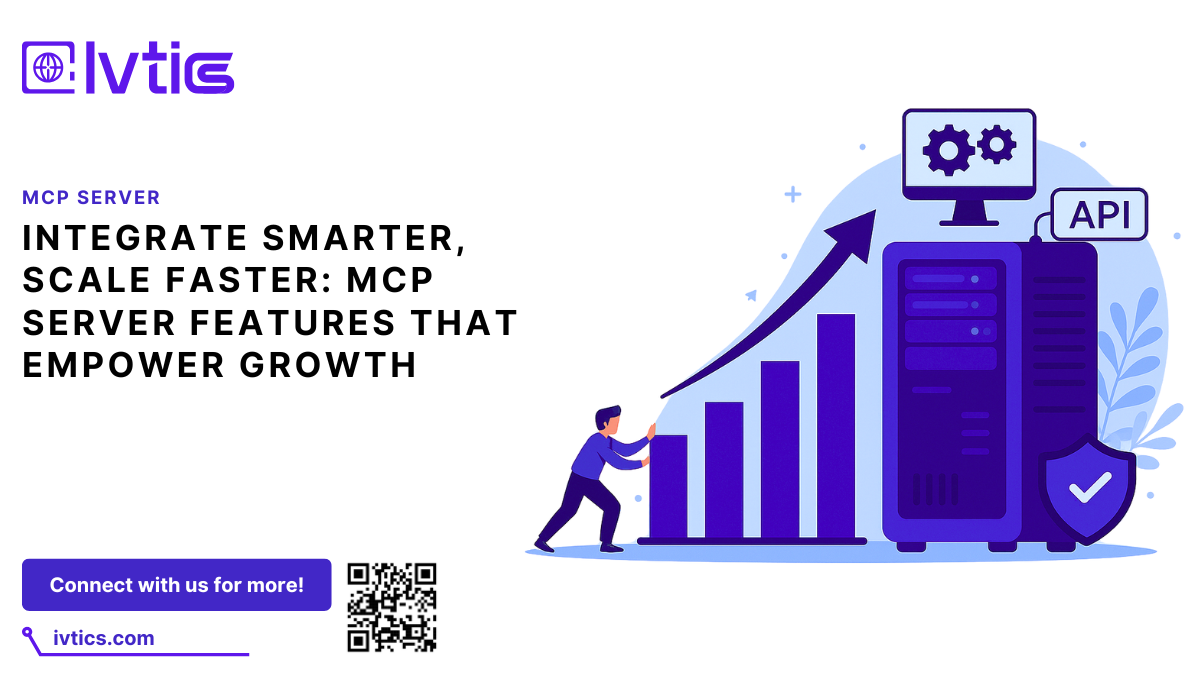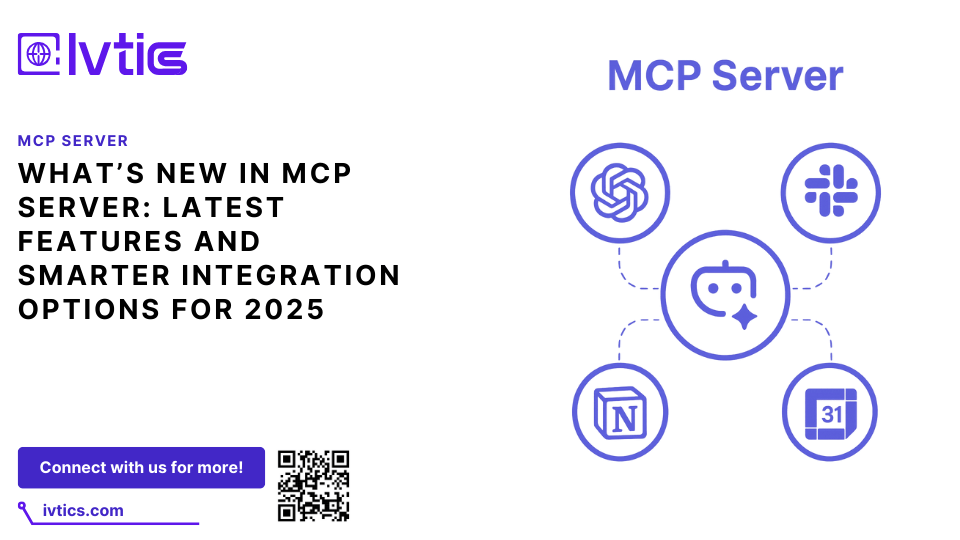Table of Contents
In today’s digital-first world, having a mobile app is no longer a luxury—it’s a necessity for businesses looking to stay competitive. However, deciding between a native app and a hybrid app can be a daunting task for business owners. Each approach has its own set of advantages and disadvantages, and understanding these differences is crucial to making an informed decision that aligns with your business goals, budget, and target audience.
This blog content will break down the key differences between native and hybrid apps, explore their pros and cons, and provide actionable insights to help you determine which option is best for your business.
What Are Native Apps?
Native apps are mobile applications specifically developed for a particular platform, such as iOS or Android. They are built using platform-specific programming languages, such as Swift or Objective-C for iOS and Java or Kotlin for Android, ensuring optimal performance, seamless integration with device features, and a superior user experience tailored to each operating system’s design guidelines.
Advantages of Native Apps
- Performance: Native apps are optimized for their respective platforms, offering faster load times, smoother animations, and better overall performance.
- User Experience: They provide a seamless user experience by adhering to platform-specific design guidelines and leveraging native UI components.
- Access to Device Features: Native apps can fully utilize device hardware and features like GPS, cameras, microphones, and push notifications.
- Security: They tend to be more secure due to platform-specific security protocols and rigorous app store review processes.
Disadvantages of Native Apps
- Higher Development Costs: Building separate apps for iOS and Android requires more time, resources, and expertise, leading to higher costs.
- Maintenance: Maintaining two separate codebases can be challenging and time-consuming.
- Longer Development Time: Developing for multiple platforms simultaneously can delay the launch of your app.
What Are Hybrid Apps?
Hybrid apps, on the other hand, are built using web technologies like HTML, CSS, and JavaScript and then wrapped in a native shell. This allows them to run across multiple platforms with minimal changes, offering a cost-effective and faster development process while maintaining cross-platform compatibility, though they may sometimes lag behind native apps in performance and user experience.
Advantages of Hybrid Apps
- Cost-Effectiveness: Hybrid apps use a single codebase for multiple platforms, reducing development costs and time.
- Faster Development: Since the same code can be deployed across iOS and Android, hybrid apps can be developed and launched more quickly.
- Easier Maintenance: Maintaining one codebase simplifies updates and bug fixes.
- Cross-Platform Compatibility: Hybrid apps can run on multiple platforms with minimal modifications, making them ideal for businesses targeting a broad audience.
Disadvantages of Hybrid Apps
- Performance Limitations: Hybrid apps may not perform as well as native apps, especially for graphics-intensive or complex functionalities.
- Limited Access to Device Features: While hybrid apps can access some native features, they may not fully leverage all device capabilities.
- User Experience: Hybrid apps often struggle to deliver the same level of polish and platform-specific UX as native apps.
Key Factors to Consider When Choosing Between Native and Hybrid Apps
- Budget: If you have a limited budget, a hybrid app may be the more cost-effective option. However, if performance and user experience are critical, investing in a native app may be worth the extra cost.
- Target Audience: Consider the platforms your audience primarily uses. If your users are evenly split between iOS and Android, a hybrid app might be more practical. If one platform dominates, a native app could be a better choice.
- App Complexity: For simple apps with basic functionalities, hybrid apps are often sufficient. For complex apps requiring high performance and advanced features, native development is usually the better route.
- Time-to-Market: If speed is a priority, hybrid apps can be developed and launched faster than native apps.
- Long-Term Goals: Think about your app’s scalability and future updates. Native apps may require more upfront investment but can offer greater flexibility and performance in the long run.
Real-World Examples
- Native Apps: Popular examples include Instagram (iOS and Android) and Spotify. These apps prioritize performance, user experience, and full access to device features.
- Hybrid Apps: Examples include Twitter (early versions) and UberEats. These apps leverage hybrid development to achieve cross-platform compatibility while maintaining a balance between performance and cost.
Conclusion
Choosing between native and hybrid app development is a critical decision that can significantly impact your business’s success in the mobile space. Native apps offer superior performance and user experience but come with higher costs and longer development times. Hybrid apps, on the other hand, are more cost-effective and faster to develop but may lack the polish and performance of native apps.
At Ivtics, we specialize in helping businesses navigate these decisions and create mobile solutions that align with their goals, budget, and target audience. Whether you need a high-performance native app or a cost-effective hybrid solution, our expert team is here to guide you every step of the way. From initial consultation to development and ongoing support, we ensure your app delivers exceptional value to your users and drives business growth.
Ready to take your mobile strategy to the next level? Contact Ivtics today and let’s build an app that sets your business apart!
Insights
Related Blogs
Explore the latest insights in Development, Software, and
Technology. Stay ahead with our expert tips and industry trends.






